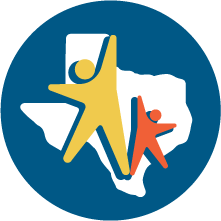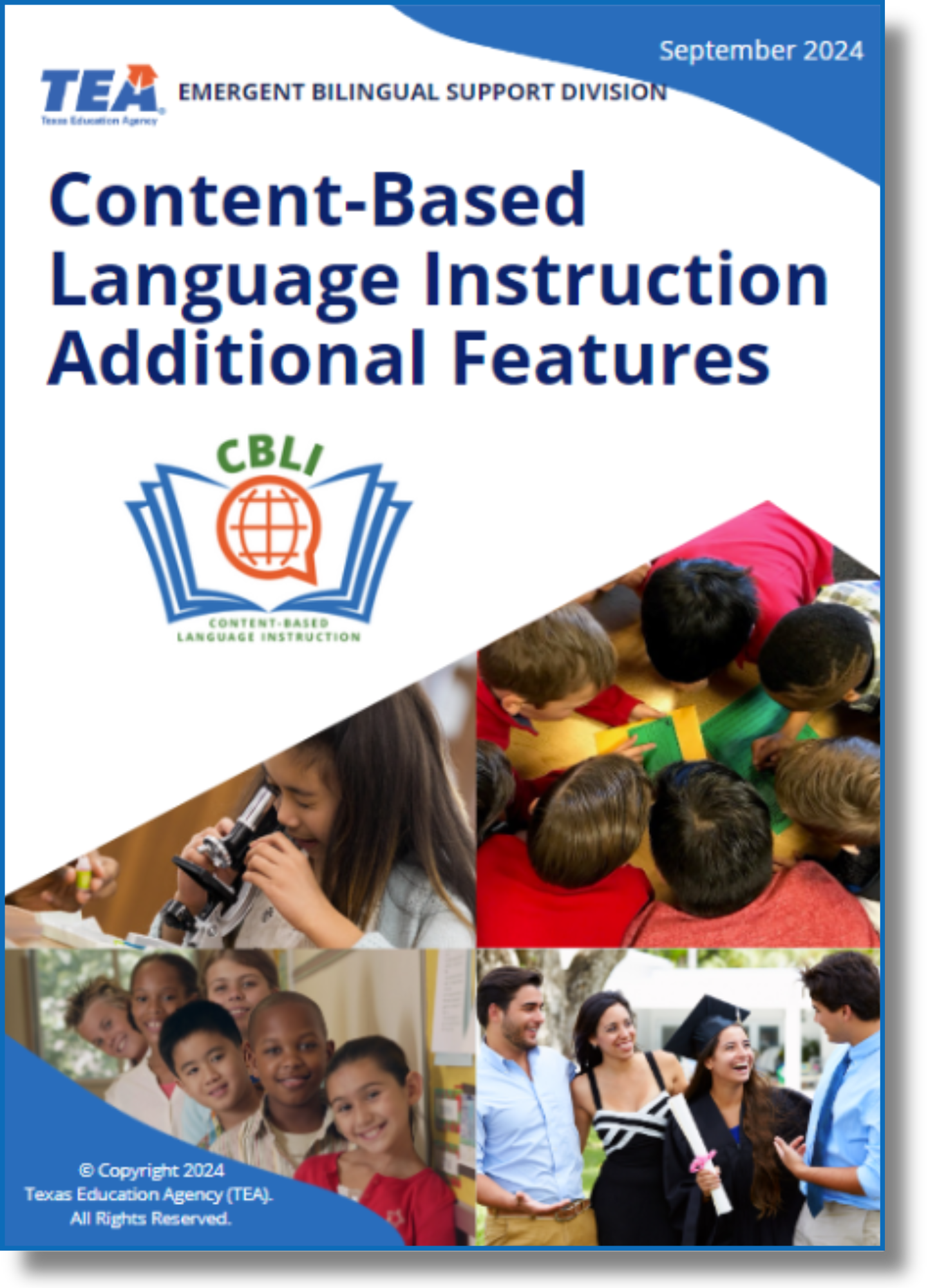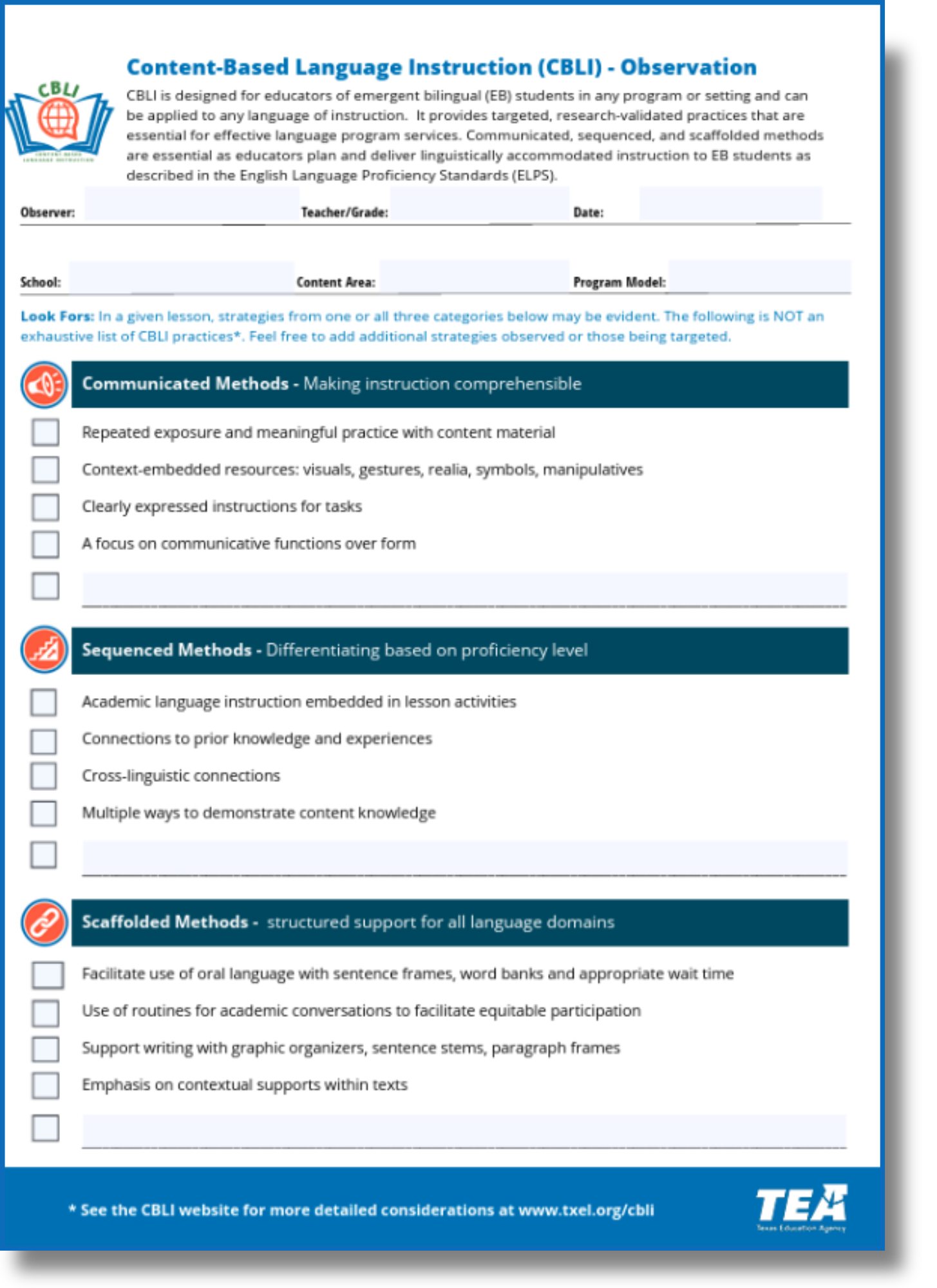
Content-Based Language Instruction
The Content-Based Language Instruction Site is designed for all educators of emergent bilingual (EB) students. It provides practical, research-validated practices that are essential for effective language program services. The contents of this site are intended to support effective program implementation within dual language immersion (DLI), transitional bilingual education (TBE), and English as a second language (ESL) programs. It contains valuable application for DLI teachers, TBE teachers, ESL teachers, any other teachers of EB students, paraprofessionals, instructional coaches/specialists, counselors, campus administrators, and district leaders.

CBLI Home
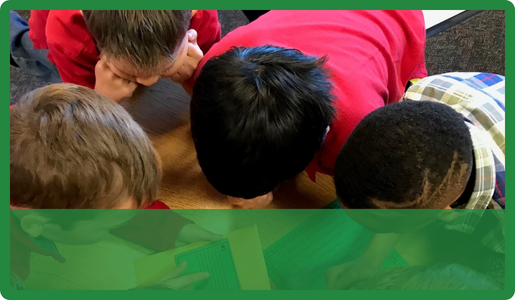
Second Language
Acquisition (SLA)

Varied Instructional
Supports

Linguistically Sustaining Practices
Definition
Content-based language instruction (CBLI) is an integrated approach to language instruction in which language is developed within the context of content delivery that is linguistically sustaining. Sheltered instruction is a similar term used to describe instruction that makes content comprehensible while supporting language development. However, CBLI emphasizes the targeted and intentional methods used to meet the affective, linguistic, and cognitive needs of EB students through the medium of content in the students’ primary language and/or English.
The following aspects of CBLI provide the key mindset priorities when implementing CBLI as comprehensive support for EB students.
Application
- Applies to all programs for EB students, including DLI, TBE, and ESL.
- Applies to any language of instruction, such as the DLI program’s partner language, EB students’ primary language in TBE, as well as English.
Access
- Is part of Tier I instruction as it provides access to general content instruction.
- Is implemented through grade level standards in all content areas.
Approach
- Holds high expectations with attainable goals for academic and linguistic development.
- Encompasses an additive approach.
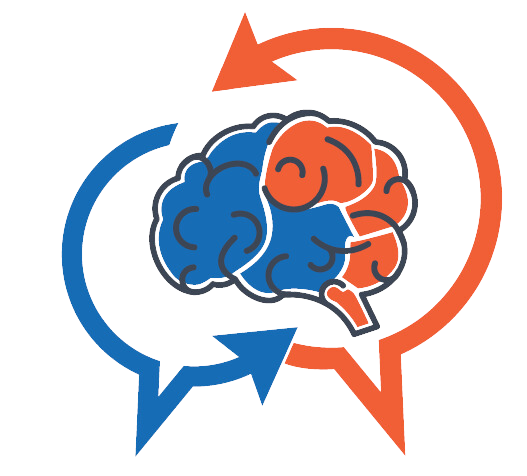
Second Language Acquisition

Varied Instructional Support

Linguistically Sustaining Practices
The CBLI site is organized into three elements:
Second Language Acquisition (SLA),
Varied Instructional Supports, and Linguistically Sustaining Practices (LSP)
These three elements are interconnected rather than independent. Together they outline the essential components for comprehensive and successful support of emergent bilingual (EB) students. The first element, Linguistically Sustaining Practices, describes the affective needs of EB students and the instructional practices and systems that are necessary to address them. The Second Language Acquisition element lays the theoretical foundation behind the specific and practical linguistic supports explained within the Instructional Methods element. Finally, the Varied Instructional Supports element dives into how educators can differentiate for EB students with varied backgrounds, needs, and strengths.
Throughout the CBLI site, features have been added to target essential information, to connect to additional resources, and to create opportunities for deeper investigation.
Embedded Features
Callouts have been incorporated to draw attention to key information:
Program Model Considerations - provide specific information or examples related to types of state-approved programs for emergent bilingual students: dual language immersion (DLI), transitional bilingual education (TBE), and English as a second language (ESL).
Administrator Considerations - target aspects that are essential for campus or district administrators or instructional coaches that support teachers in implementing programs for emergent bilingual students.
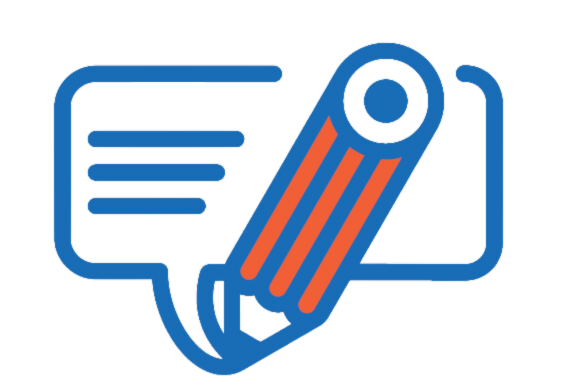
Instructional Methods - take the theory into practice on how to meet the needs of students in all types of programs for emergent bilingual students with methods for lesson planning, implementing instruction, progress monitoring and assessment.
Please note that the PDF version of the Content-Based Language Instruction Guidebook is undergoing revisions to clarify language in order to align with Governor Abbott's recent executive order requiring equal treatment, regardless of race (GA-55).
